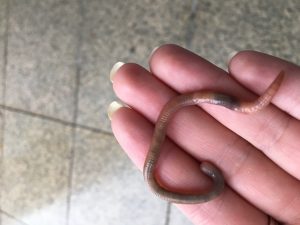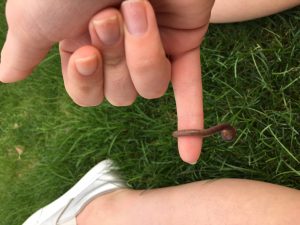During our in-class tree walk, my group and I were studying some of the trees on the northern part of the Green. I laid down in the shade of the maple to ~experience~ it, and when I sat up, I discovered a caterpillar in my hair!
What I observed was the eastern tent caterpillar larva. Though I thought it was the coolest thing ever, it is actually a pest to North America (as Prof. Smith said) because it eats the foliage of trees to increase the size of their silk nests.
The caterpillars that hatch together make these silken tents where branches come together on a tree. The tent serves as protection and a way for the social caterpillars to interact.
We begin seeing these caterpillars in late spring and early summer because they spend winter plus more time as eggs. The caterpillars mature in 4 to 6 weeks to a length of 2 to 2.5 inches and begin their solitary search for a safe place to make their cocoon. After three weeks, a reddish-brown moth emerges from the cocoon.
I must have intercepted my caterpillar on his way to find a home to spin. He was mainly black with many long brown hairs covering his entire body, and discernable ends that suggest a head and tail. The tail portion of his body was forked so that his body ended in two little parts. On each of the seven compartments making up the length of his body, there were a white oval and circle on the top of each. On both sides of his body, there were two yellow-orange stripes with a royal blue stripe in between them.
Source: https://entomology.ca.uky.edu/ef423
Do not fear the caterpillars,
Libby







